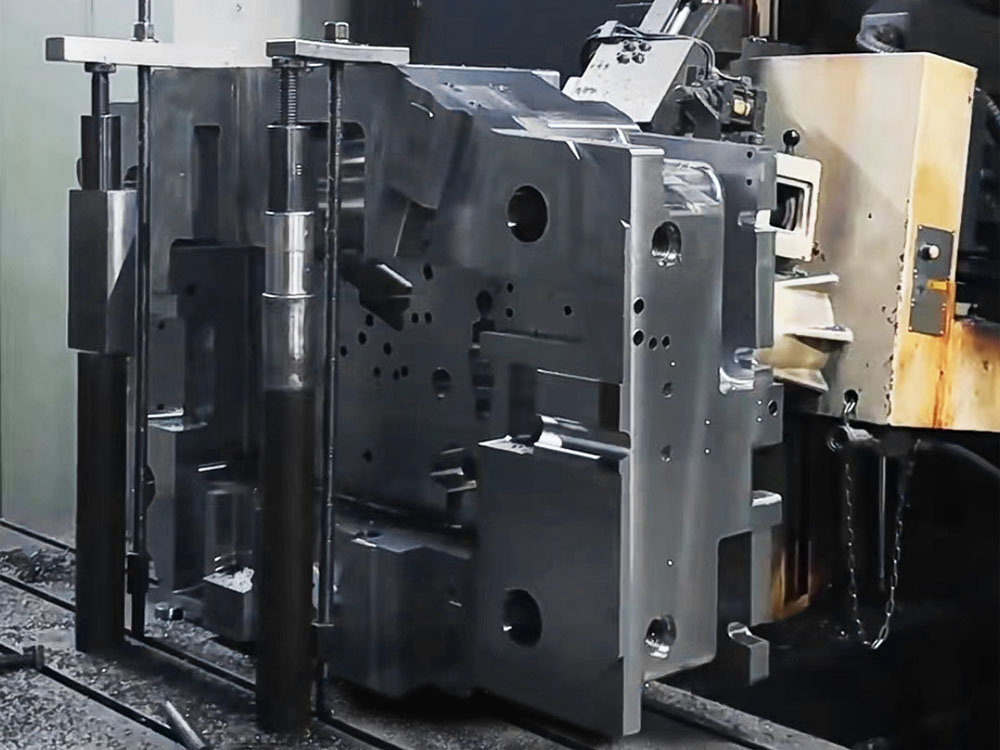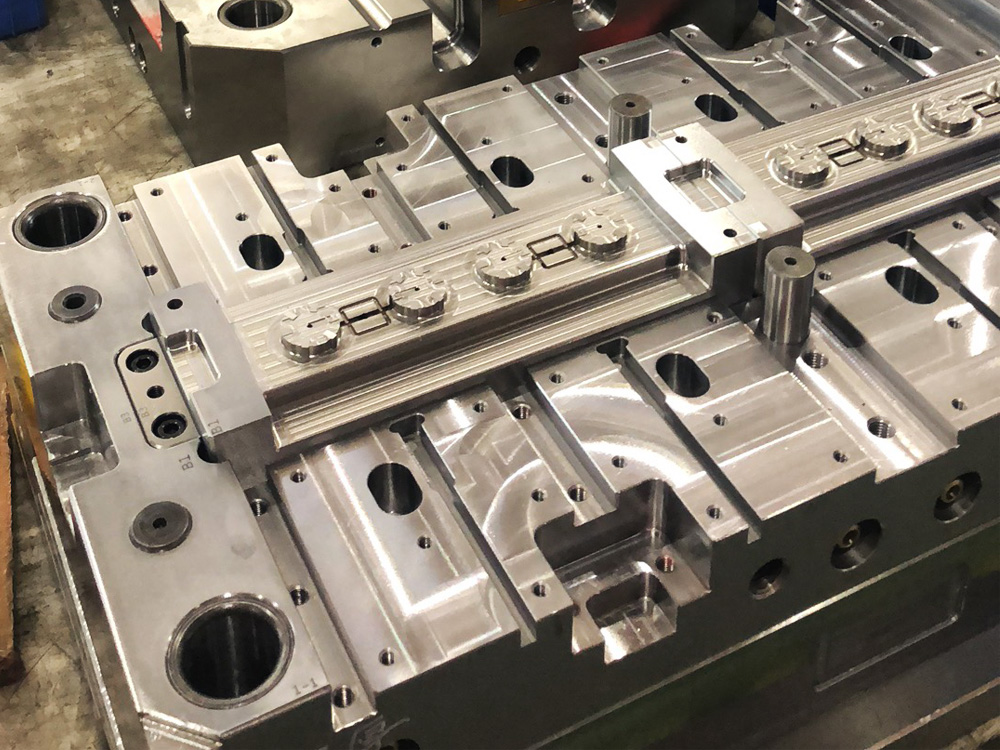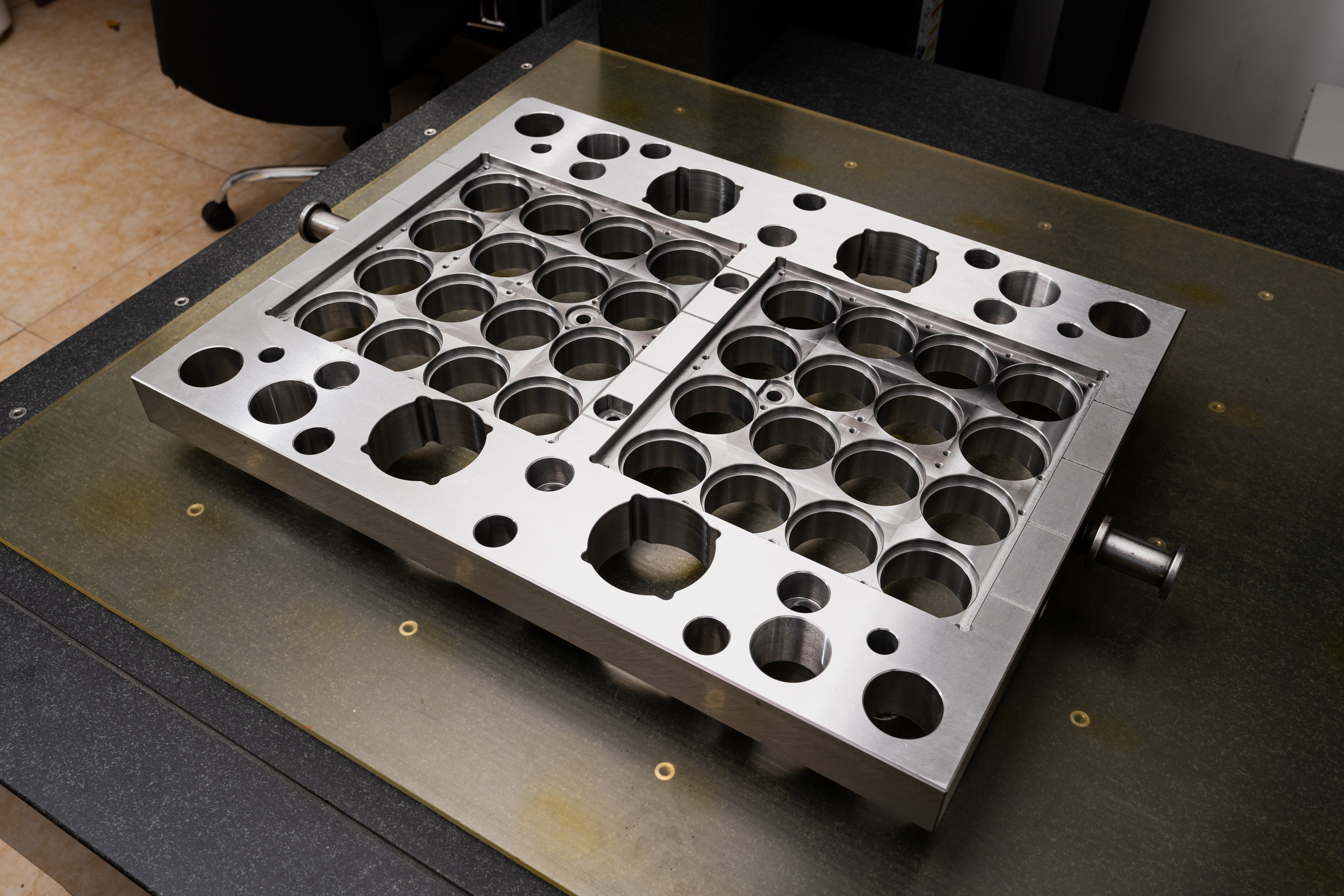The Calculation of Permanent Load Standards in Mold Base Industry
Permanent load standards play a crucial role in the structural design of mold bases. These standards ensure the safe and efficient operation of mold bases and contribute to the overall quality and durability of the molds they support. In this article, we will delve into the calculation methods used for permanent load standards in the mold base industry.
What are Permanent Loads?
Permanent loads refer to the static loads that act on a structure continuously throughout its lifespan. In the context of mold bases, these loads include the weight of the mold, the weight of the molten material being injected, and other fixed components attached to the mold base.
Calculation Methods
The calculation of permanent load standards in the mold base industry involves a series of meticulous procedures. The aim is to determine the maximum load that the mold base can safely support without compromising its stability and structural integrity.
1. Determining the Dead Load
The dead load of a mold base refers to the weight of the static components of the mold and the mold base itself. To calculate the dead load, each component's weight needs to be accurately measured. This includes the core plate, cavity plate, support pillars, ejector plate, and any additional components.
2. Evaluating the Loading Conditions
In addition to the dead load, the mold base needs to be able to withstand the weight of the molten material being injected into the mold. The weight of the injected material varies depending on the type of mold and the specific project requirements. The loading conditions should also consider any potential impact or dynamic loads that may be imposed on the mold base during operation.
3. Applying Safety Factors
To ensure the reliability and safety of the mold base, safety factors are applied to the calculated loads. These safety factors account for uncertainties in material strength, manufacturing tolerances, and operational conditions. It is crucial to determine appropriate safety factors based on industry standards and regulations.
4. Assessing the Structural Capacity
Once the various loads and safety factors have been determined, the structural capacity of the mold base needs to be assessed. This includes analyzing the stresses and deflections induced by the loads on the mold base components and ensuring that they are within acceptable limits. Finite element analysis (FEA) and other advanced computational methods are frequently employed to precisely evaluate the structural performance of the mold base.
Conclusion
The calculation of permanent load standards in the mold base industry is a meticulous process that requires a deep understanding of structural mechanics and material properties. By accurately determining the permanent loads and applying appropriate safety factors, mold base designers can ensure the structural integrity and long-term performance of their molds. The precise calculation of permanent load standards is paramount in guaranteeing the safety and functionality of mold bases, contributing to the overall success of mold manufacturing industries.




